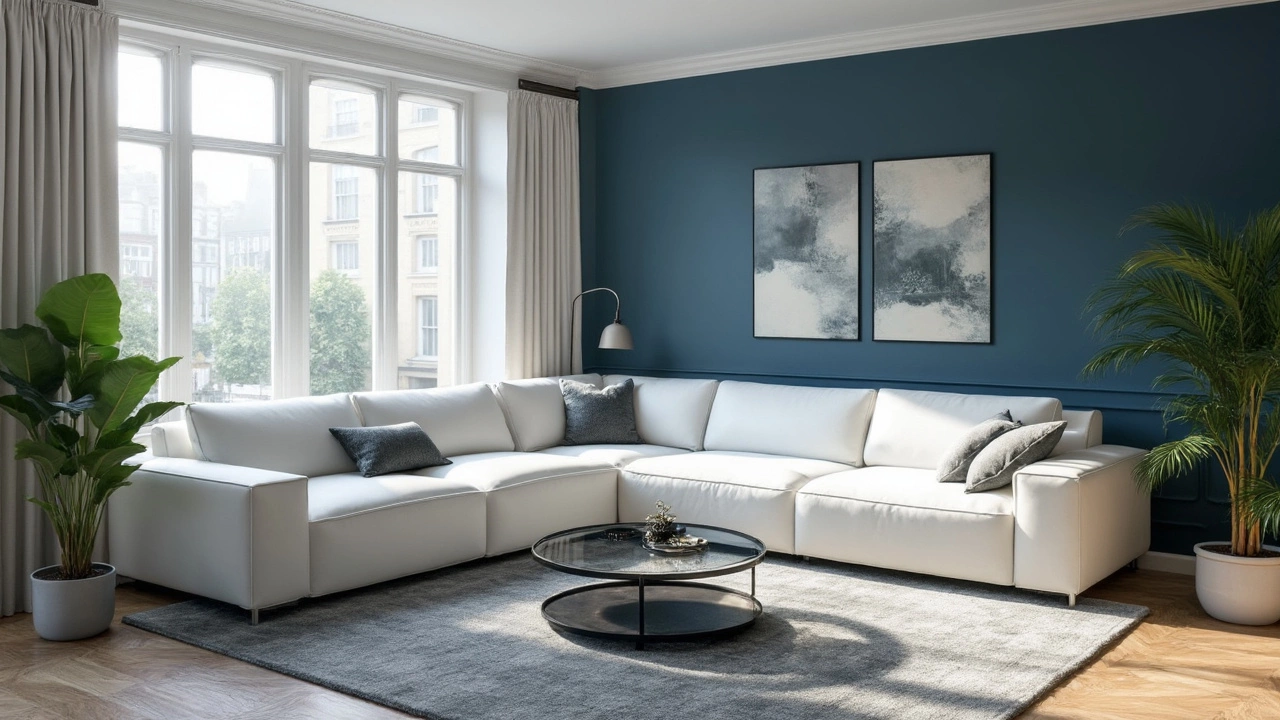Color Pairing Made Easy for Every Room
Staring at a blank wall and wondering which shades will work together is a common pain point. The good news? You don’t need a design degree to nail a great look. Below are down‑to‑earth tips you can apply right now, whether you’re styling a cabin lounge or a city flat.
Start With One Anchor Piece
Pick the biggest item in the room – a sofa, a bed, or a dining table – and treat it as your color anchor. Look at the fabric or finish and note the dominant hue. From there, pull a palette of two to three supporting colors. For a rustic oak table, warm browns, muted greens, and soft cream work naturally. If your sofa is a deep navy, contrast it with crisp white cushions and a pop of burnt orange for drama.
Use the 60‑30‑10 Rule (Without the Math)
Think of your room in three layers: the main color (about 60% of the space), a secondary shade (around 30%), and an accent (the remaining 10%). In practice, this means the walls and large furniture carry the biggest swatch, side chairs or rugs bring the secondary hue, and decorative items – lamps, pillows, artwork – deliver the accent. This balance prevents the space from feeling chaotic and keeps the eye moving.
Here’s a quick example: a light‑grey living room wall, a sea‑green sofa, and mustard‑yellow throw pillows. The grey covers most of the room, the green adds depth, and the yellow adds a lively spark.
When you’re unsure about the accent shade, pull a piece from nature. A bunch of fresh flowers, a fallen leaf, or even a sunset photo can reveal a color you hadn’t considered. Bringing that hue into a small accessory can instantly tie the whole room together.
Don’t overlook the power of texture. A smooth leather sofa in a warm tan pairs beautifully with a chunky woven rug in muted rust. The tactile contrast gives the eye something to follow, making the palette feel richer without adding extra colors.
Finally, test before you commit. Grab a few swatches or use a paint app on your phone. Hold the colors next to each other in the room’s natural light. If they feel balanced at midday, they’ll likely work throughout the day.
By focusing on one anchor piece, applying the three‑layer rule, and checking colors in real light, you can create confident color pairings that feel both rustic and fresh. No more guessing – just simple steps that turn any space into a place you love to be.
Best Colors to Pair with White for Your Corner Sofa
Choosing the right color to pair with a white corner sofa can transform your living space into a stylish and inviting area. While white is a versatile color, certain shades like blue, gray, and earthy tones can enhance its elegance and complement its simplicity. Consider the mood you want to create, whether it's a calm retreat or a vibrant space, and select colors accordingly. Explore how different hues can make your white sofa the centerpiece of your room.
More
